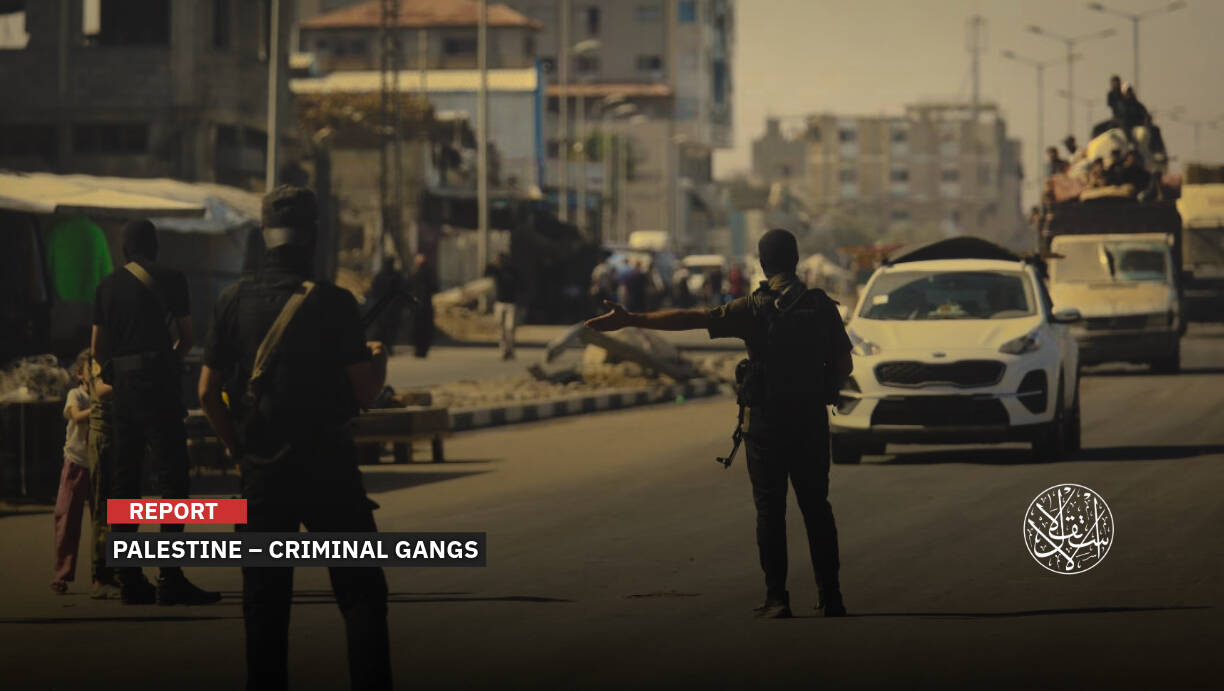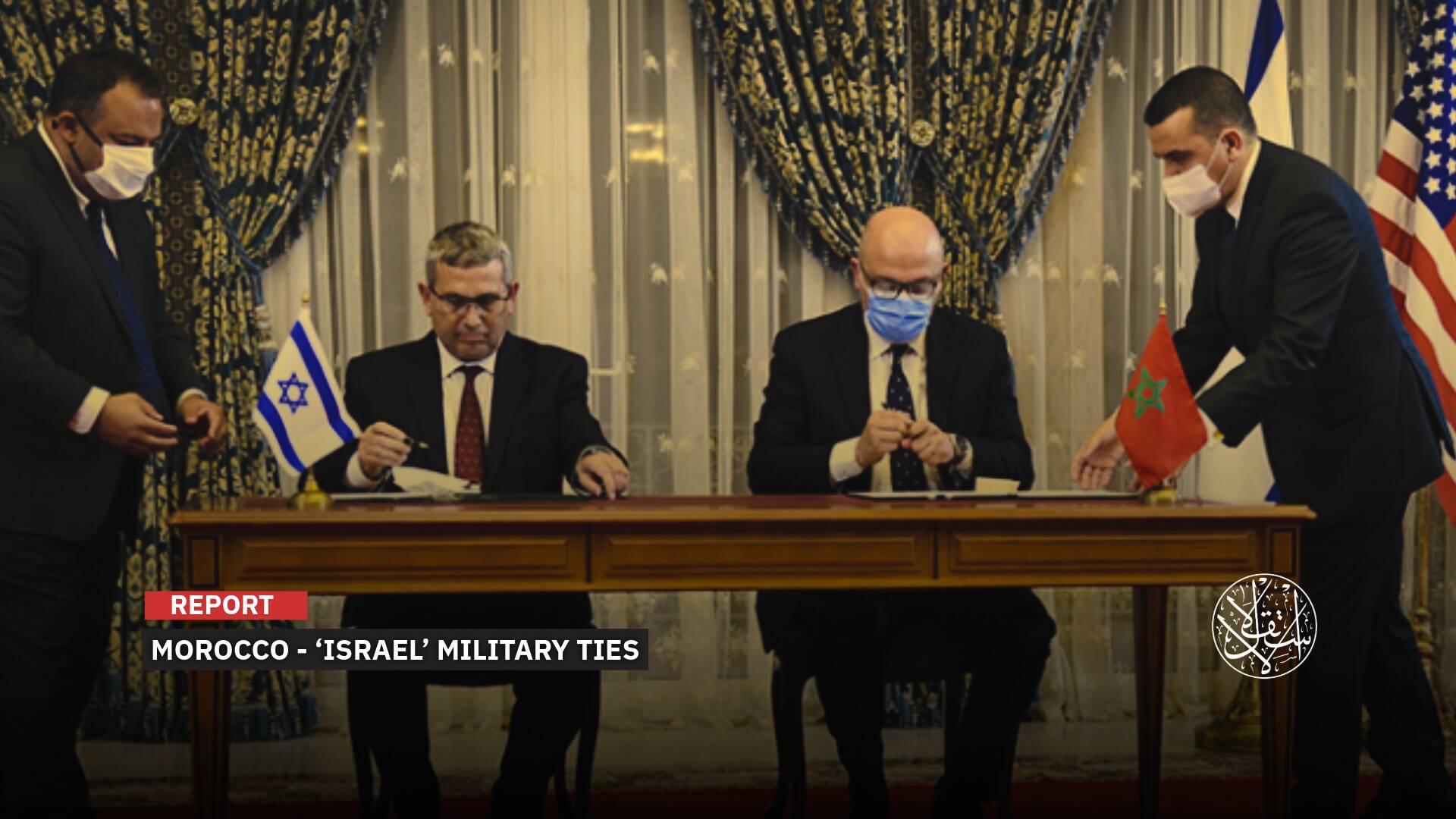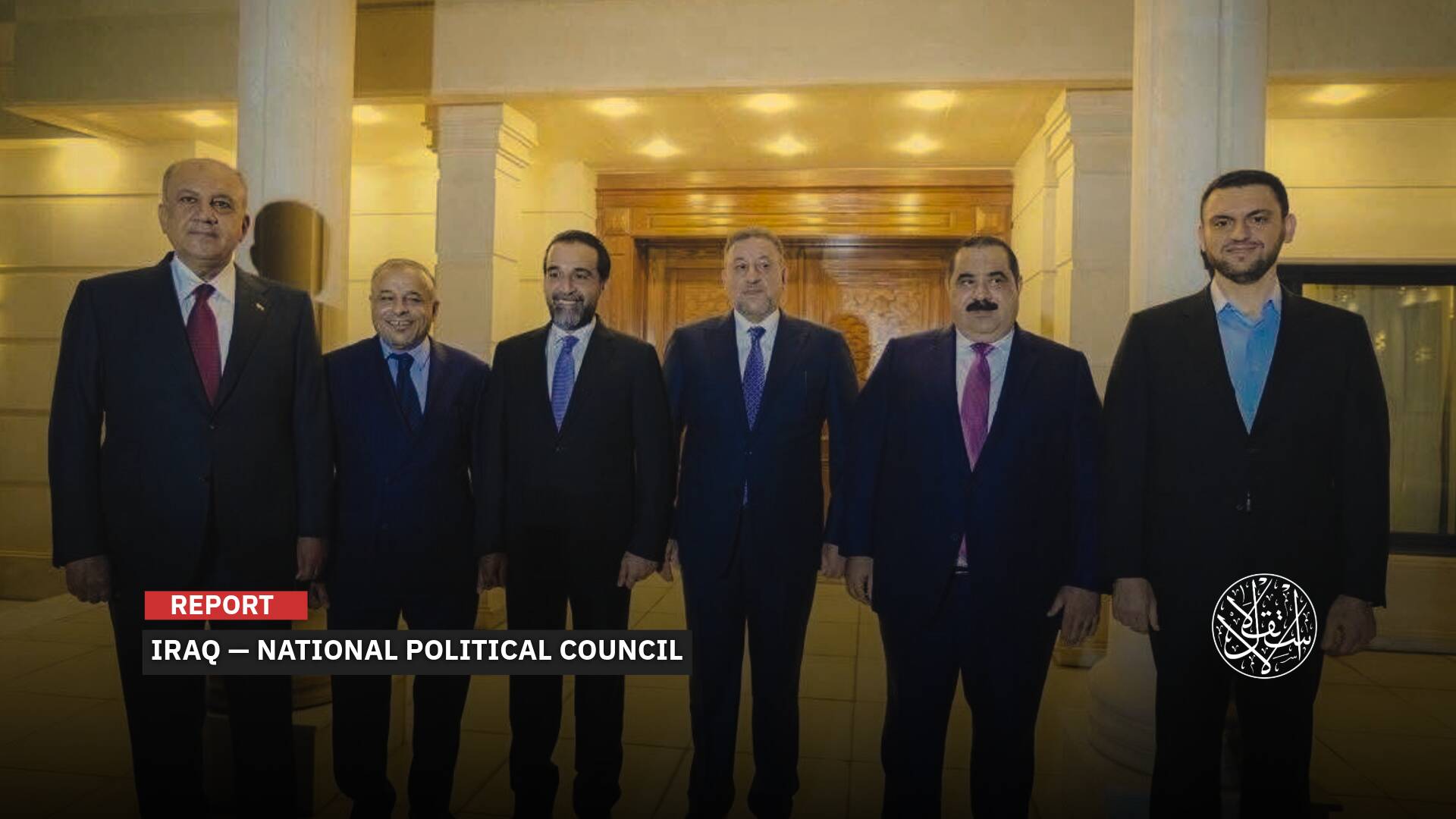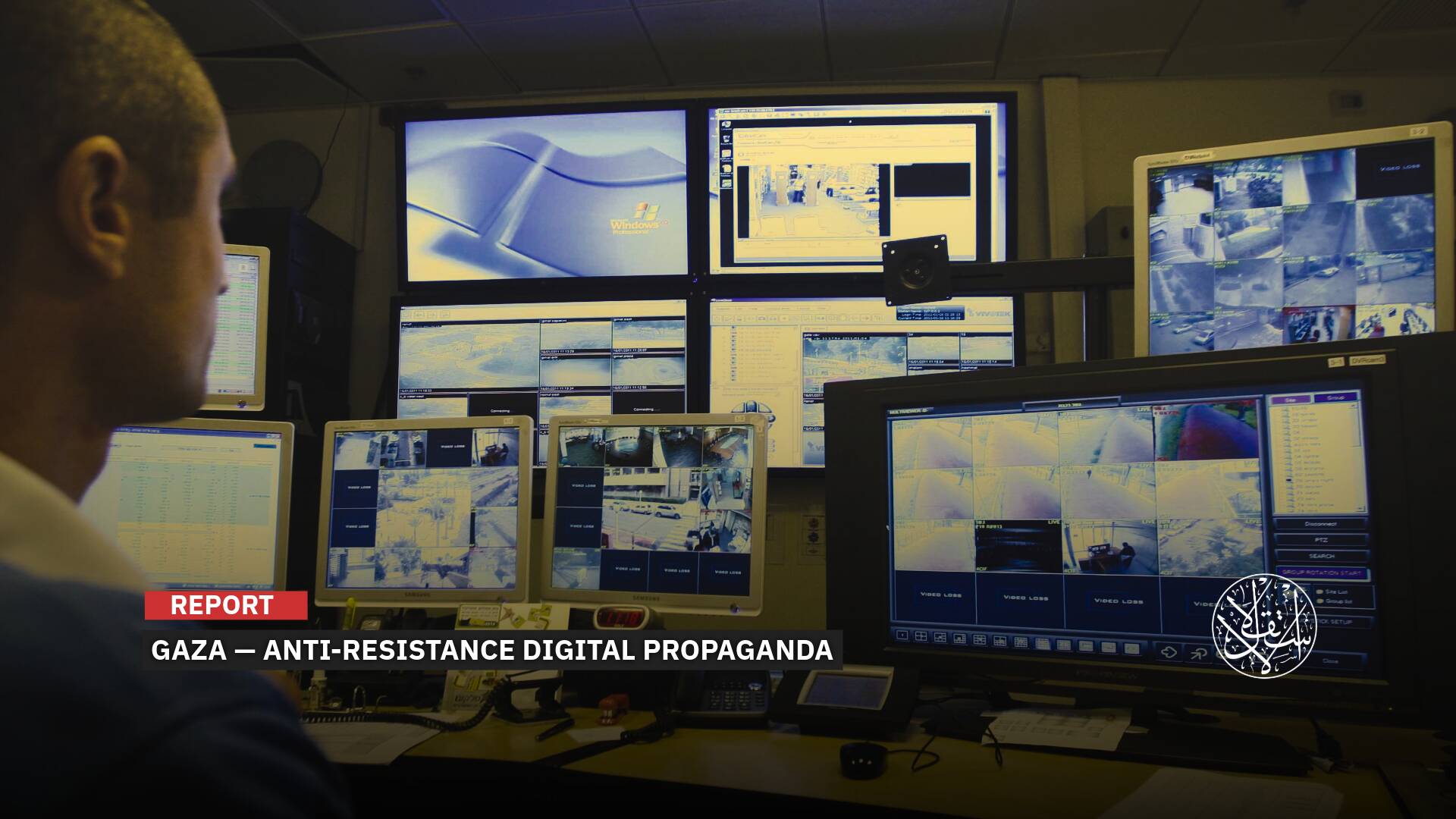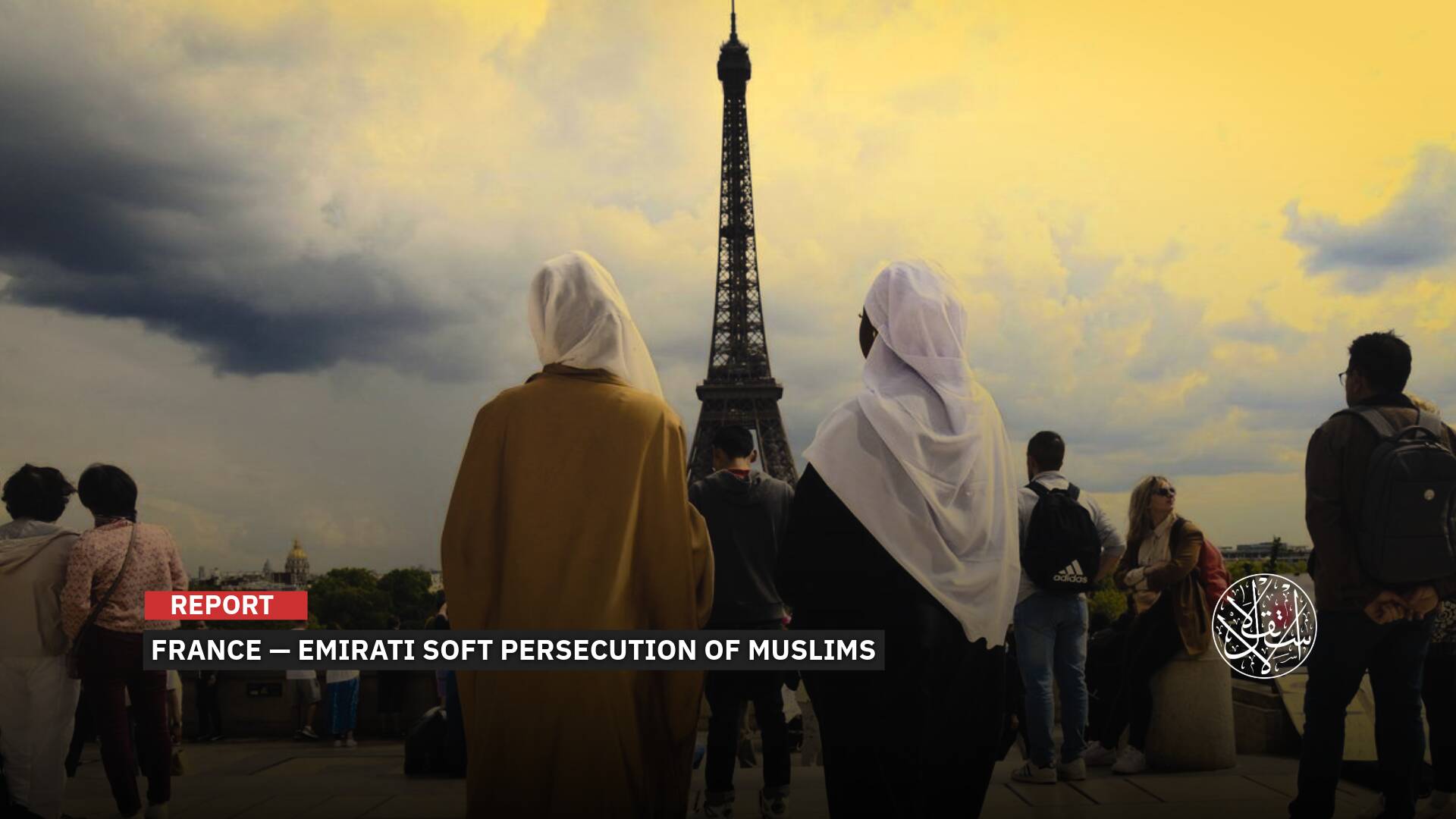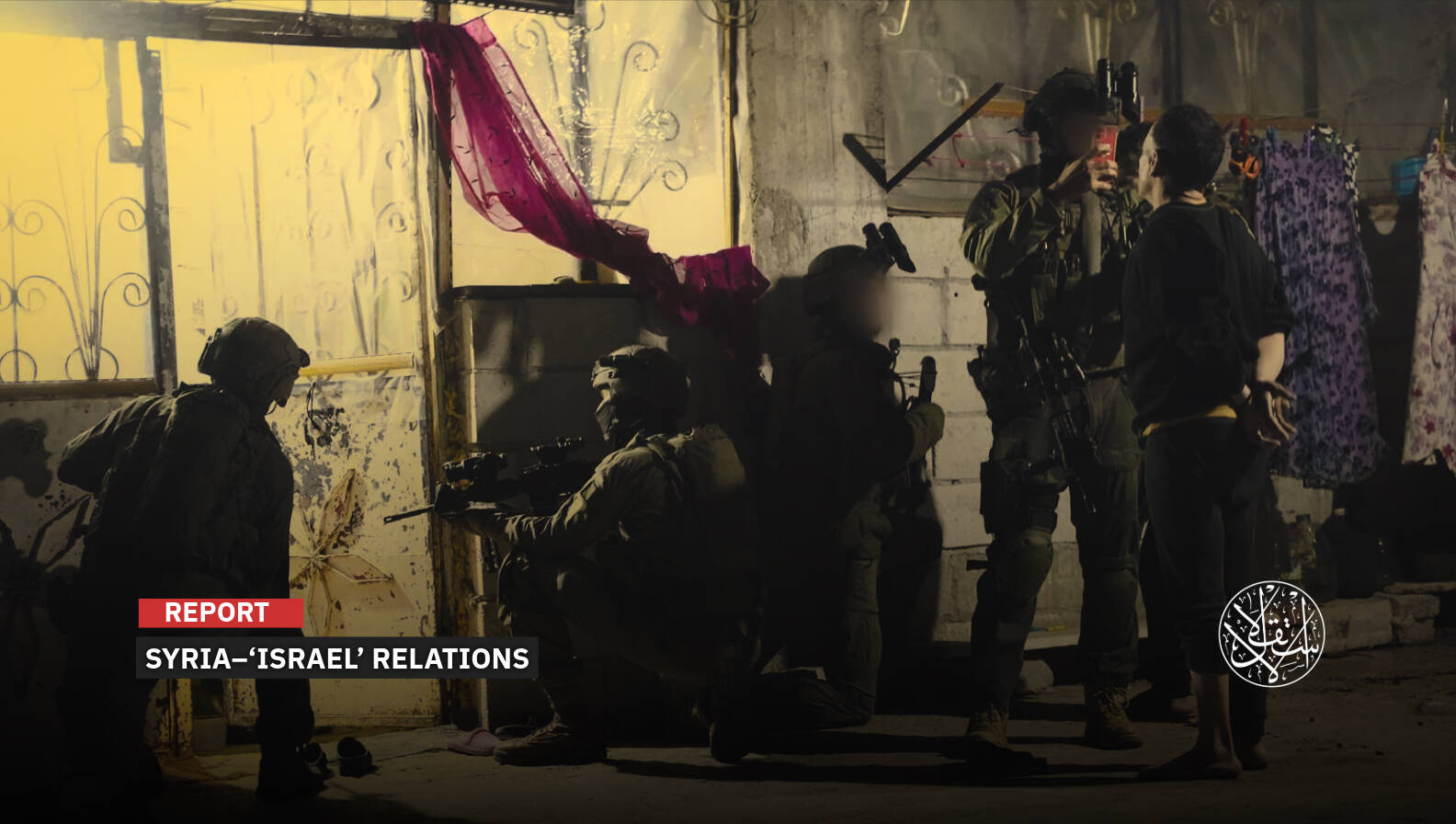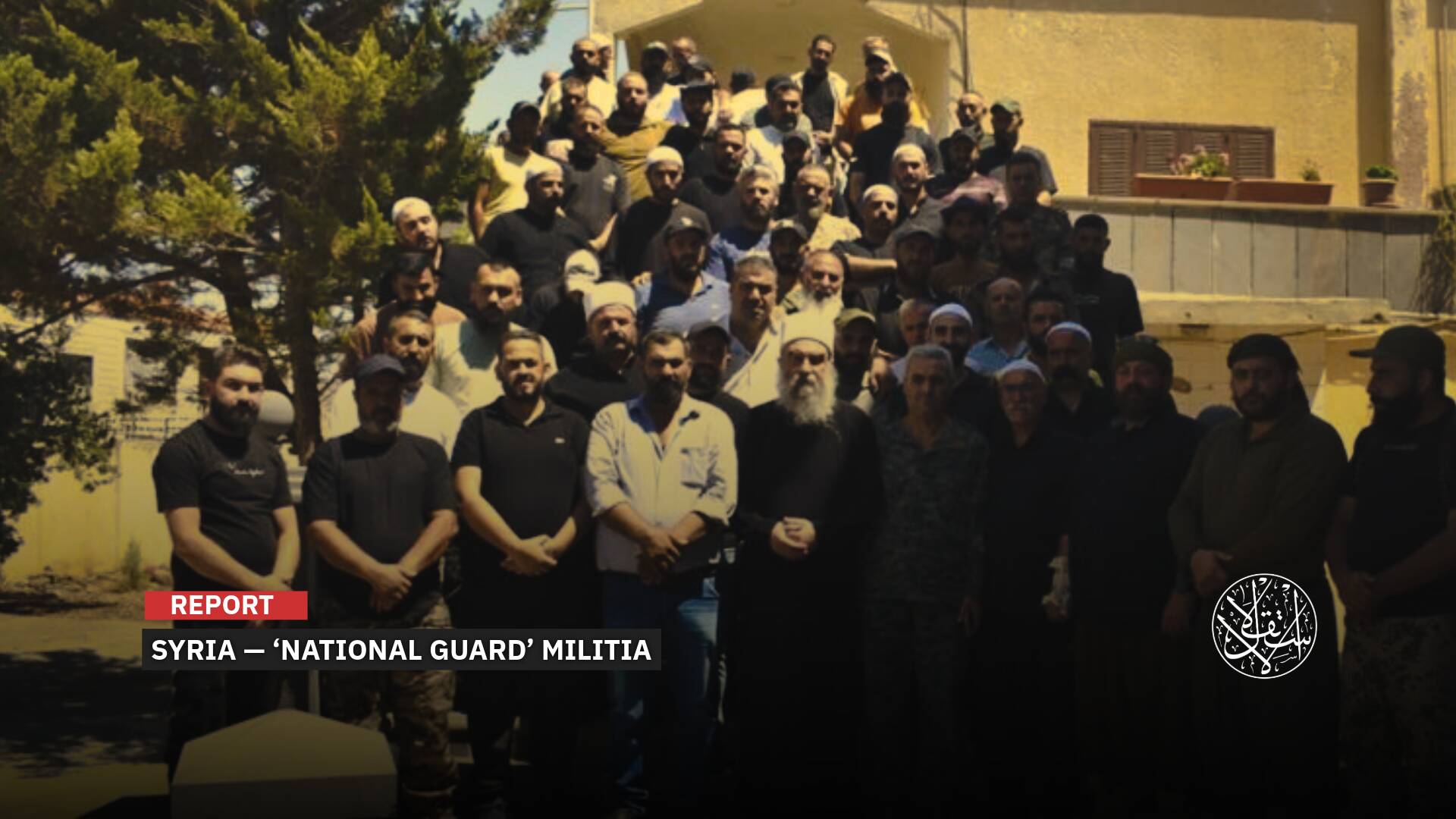From France's Rafale to Chinese Jets: Why Is Egypt's Sisi Buying Faulty Weapons?

The Chinese fighter jet lacks strong stealth capabilities and has a relatively limited range.
Despite Egypt's prolonged economic crisis, the government continues to invest in military armament, particularly in upgrading its air force, amid a complex reality.
Complicating the situation are reports suggesting that the Egyptian regime is turning to Beijing for arms deals. Even more surprising are military reports highlighting significant flaws in the Chinese fighter jets.
Serious Defects
On July 16, 2024, the Commander of the Egyptian Air Force, Lieutenant General Mahmoud Abdel-Gawad, met with his Chinese counterpart, General Zhang Dingqiu, in Beijing to discuss the potential purchase of advanced fighter jets.
Later, on August 15, 2024, the defense intelligence website Tactical Report noted that the Egyptian Air Force is negotiating with China to purchase J-10C, J-31, and J-20 fighter jets to bolster its fleet.
According to the report, the total value of these deals is estimated at $2 billion, equivalent to around 100 billion Egyptian pounds.
This raises questions about the nature and motivations behind such a deal, reminiscent of previous arms purchases, such as the French Rafale jets.
Leading the list of Chinese fighter jets is the J-10C, which Beijing promotes as the "pride of the national industry," describing it as a highly maneuverable and cost-effective light fighter.
The J-31, also known as the FC-31, is branded by China as a stealth aircraft, designed specifically to counter the U.S. F-35 fighter jets.
However, specialized military websites have examined the performance of these jets and uncovered various technical flaws, casting doubt on their capabilities.

On July 25, 2024, Defense Here reported on the issues surrounding Chinese fighter jets. The report highlighted that the J-10C, the main aircraft in the deal, costs $80 million per unit and entered service with the Chinese Air Force in December 2017. Despite Beijing's marketing efforts in Asia and the Middle East, only Pakistan has signed a contract.
Defense Here attributed the lack of interest in the J-10C to its limited stealth capabilities and relatively short range. The jet's inability to carry large amounts of fuel or weapons also makes it an unattractive option globally.
The second aircraft under consideration, the J-31, is priced at around $90 million. In 2019, the Chinese Air Force rejected the J-31 in favor of the Chengdu J-20. Despite this setback, development of the J-31 continued, with the latest indications suggesting it could be converted into a naval fighter on Chinese aircraft carriers.
The final aircraft on Egypt's shopping list is the J-20, which entered service in 2017 and costs $120 million per unit. No country other than Egypt has showen interest in acquiring it. Among the reported flaws in the J-20 are its high cost relative to its performance and challenges with its complex electronic systems.
‘Sulfurous Odor’
The Egyptian military has a history of controversial arms deals, notably the infamous French Rafale fighter jets. On February 7, 2019, Mediapart described the Rafale as having a poor reputation in the global arms market, likening it to a “sulfurous odor” that follows its overpriced deals.
The French website cited Egypt's deal for 30 Rafale jets, worth nearly €5 billion, as an example. It reported that the Rafales delivered to Egypt's armed forces had several technical issues that compromised their combat capabilities.
Mediapart suggested that these technical problems may have contributed to the January 2019 crash that killed Egyptian pilot Mohtady al-Shazly, a tragedy that was quietly covered up by both Egyptian and French authorities. Relatives of the victim confirmed that the incident involved a Rafale jet.
In addition to the technical shortcomings of these deals, there is also an economic aspect. Despite warnings from major international institutions, including the IMF, about the dire effects of Egypt's financial crises on its population, el-Sisi's regime continues to pursue multi-billion-dollar arms deals. This policy has placed Egypt among the world's top arms importers.
According to a report by the Stockholm International Peace Research Institute (SIPRI) published on March 18, 2024, Egypt ranked among the top three arms importers in the Middle East and seventh globally from 2019 to 2023, aiming to increase its military influence. A previous SIPRI report from 2021 noted that Egypt's arms imports, mostly funded by loans and debt, have increased by 136% over the past five years.
Egyptian human rights activist Bahey Eldin Hassan criticized this trend, questioning the necessity of such extravagant military spending.
“How many wars has Egypt fought or participated in since 2011? While global arms sales have remained steady over the past decade, Egypt's arms purchases have surged by 136%! A deceptive show of power at the expense of impoverishing Egyptians,” Hassan wrote on X platform.
Efficiency Concerns
Amidst Egypt's repeated and massive arms purchases, particularly regarding fighter jets, there are growing doubts about the effectiveness of managing and utilizing these weapons and their impact on the Egyptian military.
On October 9, 2018, Stratfor published a report titled “Egypt Goes on an Arms Spending Spree.”
The report attributed the recent surge in Egypt's arms deals to geopolitical factors beyond mere military necessity, noting that the regime has turned to multiple sources for weaponry.
A key concern highlighted in the report is the mechanism of the weapons acquired by the military in recent years. It stated that military needs were not the primary factor driving the increase in arms purchases. Despite the ongoing conflict in Sinai against insurgents, the report argues that the weapons procured are not well-suited to the nature of the combat there.

In recent years, Egypt has experienced multiple incidents involving military aircraft crashes, resulting in numerous pilot fatalities.
The frequency of these crashes in a relatively short period raises questions about the effectiveness and precision of training within the Egyptian Armed Forces.
On February 28, 2019, the Carnegie Middle East Center published a report titled “The Egyptian Military: A Slumbering Giant Awakes,” authored by Robert Springborg. The report highlighted that “the low utilization rate of Egyptian equipment suggests an equally low level of training activity.”
“The problem is exacerbated by the fact that Egyptian training too often lacks free play in favor of rigid, pre-planned scenarios where the outcome is obvious and no surprises are permitted,” Springborg added.
“In spite of numerous training programs and exercises over the years, conducted both in Egypt and the United States, Egyptian doctrine and organization have until recently remained largely focused on large-scale conventional operations.”
While material losses are significant, the greater tragedy lies in the human cost, particularly the loss of skilled and capable fighter pilots.
Sources
- Egypt-China Defense Relations: Talks to procure J-20 fighter jetsnote
- Egypt considers buying Chinese fighter jets to upgrade fleet
- Why is the French Rafale the worst in the warplane market? [Arabic]
- Secret Rafale crash in Egypt embarrasses Paris and Cairo [French]
- Watchdog: Mideast arms imports grew by a quarter in a decade
- Egypt Goes on an Arms Spending Spree
- The Egyptian Military: A Slumbering Giant Awakes
- “Rafale Papers”: a buried state affair [French]


